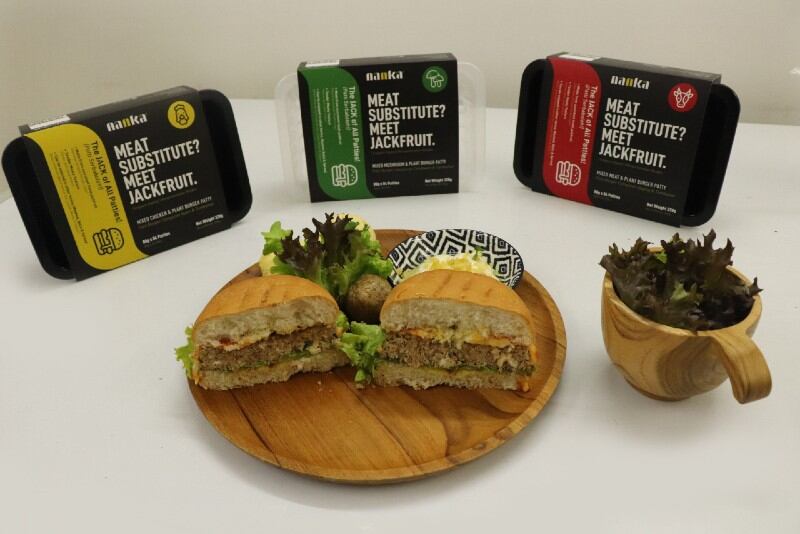Hybrid meat products using plant-based and conventional animal protein ingredients have been popping up on the Asia Pacific alternative meat scene over the past few years, but as of yet regulations have prevented rapid developments of hybrid meat using plant-based and cultivated animal ingredients, including in China.
“The regulations to govern cultivated animal products are still in the initial stage in China and there are various alliances that have been set up to see the process through, but as brands we cannot wait for the approval process and need to pioneer the product developments to stay ahead as much as possible,” HEROTEIN Vice President of Strategy and Operations Coco Tse told FoodNavigator-Asia.
“We are seeing rising interest in the market regarding hybrid products though this is not yet widespread, and decided we needed to start product development and formulate product prototypes to test out, using our own plant-based protein to combine with Mission Barns’ cultivated animal fats.
“Hybrid products do look to be a good solution to several challenges such as affordability and taste – case in point, cultivated products are still extremely expensive currently and the system really needs something more affordable.
“Also, some plant-based products still lack certain flavours especially when applied to Chinese cuisine where lard is a very common component – so the fat is the key here for that flavour, which is why we have chosen to focus on that area first with the cultivated animal fats.”
Tse also revealed that the plan is to use different types of cultivated animal fats for the different types of hybrid meats to be commercialised, e.g. using cultivated beef fat to make hybrid beef products, and cultivated pork lard to make hybrid pork products.
“This will be a separate range to our plant-based products as the target market is different too – hybrid products are expected to appeal to those that want an apple-to-apple animal protein consumption experience, whereas the plant-based products are for those who want to have nothing to do with animal protein at all,” she said.
“We do expect the commercial launch to be some time away depending on the pace of regulatory development, which is why we are first building our brand and standing with the existing plant-based range such that consumers recognise us, before trying to introduce the hybrid products to them later [as] that would be a very new concept too.”
Plant-based still going strong
HEROTEIN launched its plant-based range into retail in July this year, and its local focus has helped it to secure strong local sales, so much so that it also recently launched another ready-to-eat range comprising of 16 SKUs.
“We expanded to some 40 to 50 points of sale in just two months, and local statistics showed that we outsold many other international brands in retail – it’s easy to see that consumers really treasure getting benchmark quality for a more affordable price here,” said Tse.
“The new range launched is in partnership with the specialty foods brand Butler & White’s and is more focused on western products like spring rolls, lasagne, samosas and the like as Butler & White’s has a more expatriate focus, so we are hoping to hit that market through them too.
“Our own HEROTEIN branded range still remains more focused on local Chinese cuisine and applications. China is very diversified and there are many cuisines that exist, so we still have a lot of work to capture the full array and in fact are still at a bit of a low penetration rate considering the diversity.”
In terms of new product development, the team is currently developing plant-based dumplings and ready-to-heat pastas, and will be working on pork and fish in 2022.
“We do have the prototypes ready for the pork and fish and are ready to start production next year,” said Tse.
“What we are concentrating on before doing this is to properly settle in to our new local R&D centre in China, then properly focus on NPD and innovation – so far we’ve been relying a lot on our North American R&D team, but now with this local setup, we’ll be able to cater to local consumers a lot more quickly.”





